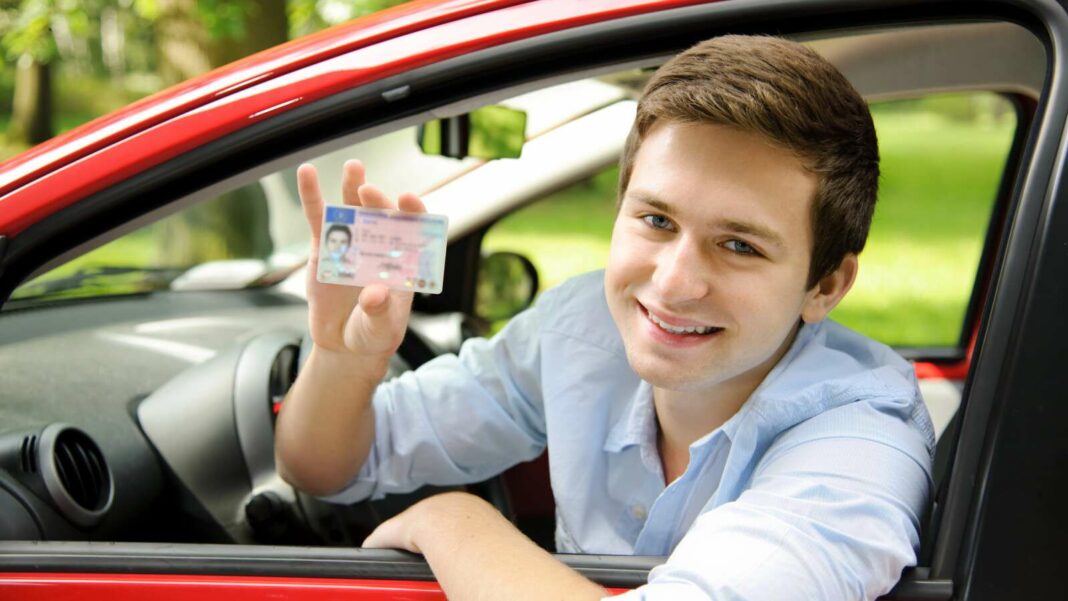The German driver’s license is undergoing a significant change as it transitions to a new standardized EU version, replacing the familiar gray, pink, or white cards. Aimed at reducing forgery, the new license will require periodic updates every 15 years and will no longer hold lifetime validity. The exchange process will be staggered based on birth or issue years, and appointments are necessary at local authorities. Keeping the old license as a memento is allowed, though fines may apply for delayed exchanges.
The German driver’s license is a fascinating aspect that many might not consider frequently. They come in several designs and colors. Depending on when you obtained your license, you might have a gray card, a pink card, or a white plastic card. However, it’s time to bid farewell to these familiar versions, as they will be replaced by the new EU driving license.
The EU directive for driving licenses aims to create a uniform template for all vehicle and motorcycle licenses throughout Europe. Furthermore, regular updates of passport photos and personal information will help reduce the chances of forgery. This shift also signifies the end of the indefinite validity of German driving licenses.
So, what do these new regulations mean for your license, and when do you need to exchange it? We’ll clarify these points and more.
Deadlines for License Exchange
To prevent overwhelming the relevant authorities, the exchange of driving licenses will occur in phases. Your birth year or year of issuance will dictate your specific timeline. If your license was issued before December 31, 1998, the exchange period is based on your birth year:
For licenses issued on or after January 1, 1999, the year of issue will determine your timeline:
In addition to the set dates, you can choose to exchange your license voluntarily beforehand. The issue date can be located in field 4a on the front of your license.
Where to Exchange Your License
You can easily exchange your driver’s license at the relevant licensing authority located in your place of residence. To minimize wait times, it’s recommended to schedule an appointment in advance.
According to the ADAC, if you wish to keep your old license as a keepsake, you can; the licensing authority simply needs to stamp it, rendering it invalid.
Required Documents for Exchange
Simply bringing your old driver’s license is not sufficient for the exchange. You will need to provide the following documents:
Is a Driving Test Required?
If you’re concerned about needing to retake the driving test, there’s no need to worry. The exchange process is purely administrative; your driving privileges remain unchanged.
Validity of the New Driving License
Historically, driving licenses did not have an expiration date, but this is changing with the new version. Similar to passports and ID cards, regular renewals will now be necessary. The new driving license will be valid for 15 years, a rule that applies also to licenses issued starting January 19, 2013.
As previously mentioned, these changes are aimed at combating document forgery. It is essential to update your photo and personal information every 15 years. However, this requirement does present a risk; cybercriminals may take advantage of the new rules to access sensitive data.
Additionally, your fitness to drive will not be reassessed throughout the 15-year validity of the new license.
Penalties for Late License Exchange
If you fail to surrender your old driver’s license or forget to exchange it, you may be committing an administrative offense. This could result in a fine of ten euros; however, there are exceptions where individual federal states may choose to waive the fine.
